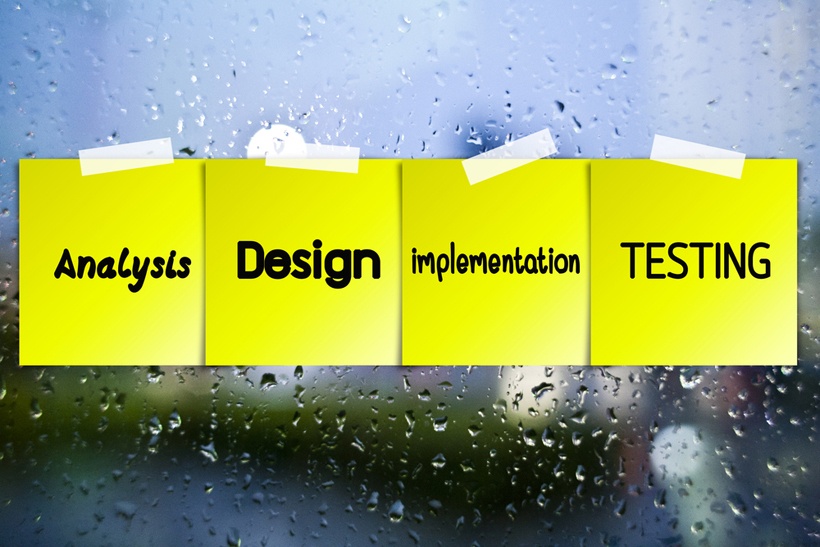The Scrum Process: How It Helps You To Manage eLearning Projects
Let’s face it: as helpful as ADDIE is as an Instructional Design methodology, it doesn't really guide the Project Management process. That’s because ADDIE, like many Instructional Design methodologies, wasn’t originally designed with the “e” in mind. That's the "evaluation" step in the Analysis, Design, Development, Implementation, and Evaluation (ADDIE) Instructional Design framework.
While Instructional Design models are great for assessing needs, getting to the root of problems, and designing effective solutions, they cannot help you manage multimedia resources or juggle LMS administration tasks. But do you know what can? Scrum.
In this article, you will learn:
- What Scrum is and how it helps you manage the “e” in eLearning projects
- How to start using Scrum today
- How to facilitate an effective daily Scrum meeting
After reading this article, you can start using Scrum to keep your team informed, organized, and focused on your shared goal: creating a successful eLearning deliverable that adds value to the business.
Scrum Picks Up Where ADDIE Leaves Off
Maybe, you’ve heard of Scrum but don’t know exactly what it is.
Simply put: Scrum is a process that is typically associated with Agile Project Management.
Commonly used by software development teams, the Scrum process helps manage risks related to scope, resource allocation or utilization, schedule, and testing. Online learning design and development projects share these risks, which is where Scrum adds value.
Scrum Project Management helps you lead eLearning projects by making it standard operating procedure for team members to do the following on a regular basis throughout the development process:
- Pop the hood and kick the wheels of any deliverable
- Share daily task-level status updates
- Solicit customer or stakeholder feedback
- Keep what works and change what doesn’t
Managing an eLearning project with this framework gives you ongoing visibility and communication so you can problem-solve early and often. In addition, the practice of iterating as needed helps you respond to and manage risk in a way that complements traditional Instructional Design models.
There’s one last thing I want to say about Scrum before moving on: if one of these components doesn’t serve a purpose for your eLearning project, you don’t have to use it. Nothing is mandatory or required. You can use Scrum in whatever way makes sense for your eLearning project team.
Start With The Daily Standup Meeting
Want to start using Scrum right away but don’t know where to start? Consider instituting a daily standup meeting.
Some teams call it the Daily Scrum. Others, like my team, just call it our Standup. Whatever you call it, its purpose is to track progress toward the project goal each day.
I appreciate the daily standup for 3 main reasons:
- It forces our team to communicate regularly and thoughtfully.
- It often eliminates the need for one-off meetings throughout the day.
- It’s how we uncover bottlenecks sooner than later.
Standups provide a forum to report the obstacles that are preventing team members from completing work, and a means for planning to remove them. Without this meeting, eLearning Project Managers could go for days not knowing about a problem, potentially putting the project schedule—or even budget—at risk.
What You Need To Know About The Daily Standup Meeting
This is a 15-minute, daily meeting for the team working on the eLearning project. It is meant to be brief, so everyone remains standing.
Each team member reports on what they accomplished since the last standup, what they plan to accomplish today, and what obstacles stand in their way. To keep it simple, teams hold this meeting at the same time and place each day.
How To Facilitate An Effective Daily Standup Meeting
During the daily standup meeting, each team member answers the 3 questions:
- What did I do yesterday to help the team meet the eLearning project goal?
- What will I do today to help the team meet the eLearning project goal?
- What is preventing me from meeting the eLearning project goal?
The meeting focuses on what each team member accomplished yesterday, and what they will accomplish today. The team leaves this meeting knowing what’s done, and what’s next.
Keep these guidelines in mind when facilitating standup meetings:
- Require all team members to participate in the standup and remain present for the entire meeting.
- Stick to the three-question agenda.
- Redirect participants if they veer off topic.
- Troubleshoot problems and discuss in-depth issues immediately after the daily standup.
- Inform new attendees of these guidelines; provide reminders as needed.
Conclusion
You need Instructional Design methodologies to create great learning activities. But that is not enough to manage successful eLearning projects. You need Scrum for the non-instructional components of your projects. Use it to build, publish, test and launch your next SCORM-compliant eLearning course. Want to boost quality and efficiency? Use scrum.









